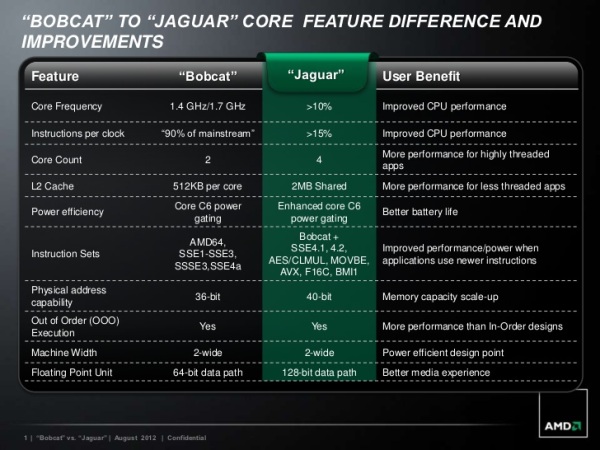cageymaru
Fully [H]
- Joined
- Apr 10, 2003
- Messages
- 22,092
Since the XBOX 720 and PS4 are getting 8 core Bulldozer chips, what do you think this will do for desktops? Think we will get more multithreaded software? Or at least better multithreaded software? Since PC gaming is stuck with console ports at least they will be multithreaded now at least. I hope it trickles down to messenger apps such as Skype, cross platform gaming, better web browsers, etc. Intel would benefit from more multithreaded apps also so it's a win in both camps.
What do you think?
What do you think?
![[H]ard|Forum](/styles/hardforum/xenforo/logo_dark.png)

